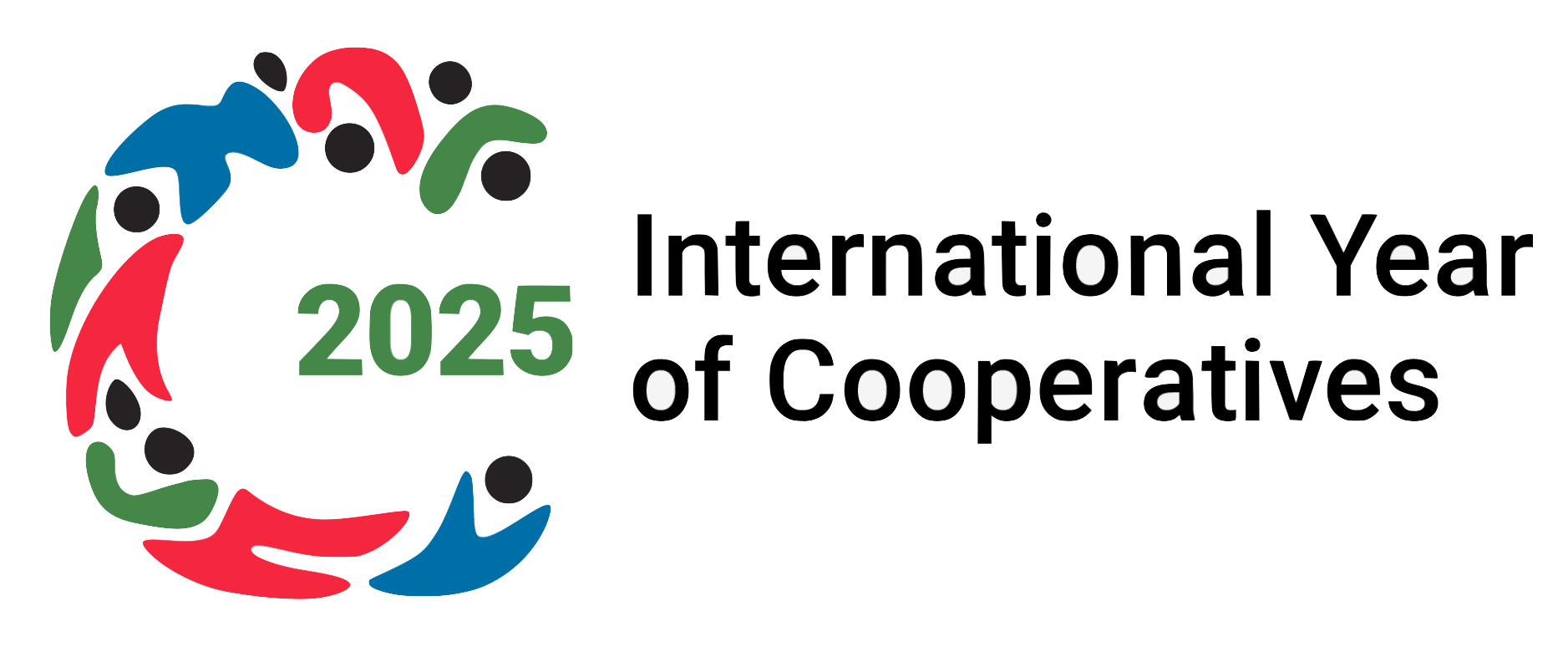The movement was launched in the wake of the 1975 revolution by parents of disabled children, and today includes two main types of members: the parents (around 8000 persons) and the staff of the cooperatives (around 1000 worker-members out of 2500 workers), thereby associating the two main stakeholders in a productive way.
The budget comes mainly from families and government, and, marginally, from what the disabled manage to produce.
Every year, there is a national funding campaign with a small fur animal called “pirilampo” (magic firefly), which is very popular and funds part of Fenacerci's Associates projects and activities.
Social solidarity cooperatives development in Portugal: introducing the São Pedro cooperative in Oeiras, near Lisbon
The São Pedro cooperative in Oeiras, near Lisbon, is one of the model ones in the Fenacerci network. It attends 110 young disabled, whose parents are all members, and 90 workers, 70% of whom are members.
The disabled are extremely well looked after by very professional staff. On the average, there is one staff member for 5 disabled, attending them in small groups according to their level of disability. They have animals and practice hippotherapy and snoezelen (a relaxing or stimulating method from the Netherlands which seemingly produce very good result on the disabled).
The disabled produce craft goods (jewels, embroidered carpets, papier maché cards etc). While the parents have specific requests concerning the welfare of their children, the staff has its own requests in terms of professional disability management, and the dialogue between the two (in the semestrial general assembly and the regular board meetings, where delegates from the parents and staff both sit) seems to be very effective in the implementation of the cooperative's mission, from the double point of view of the users and of the professionals.









